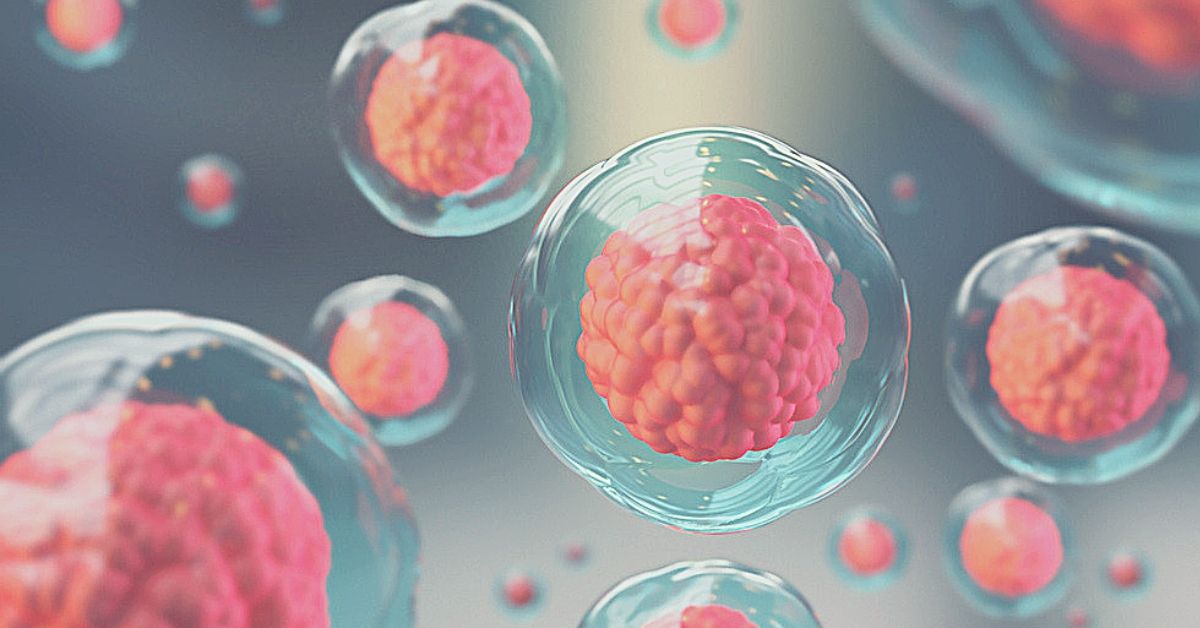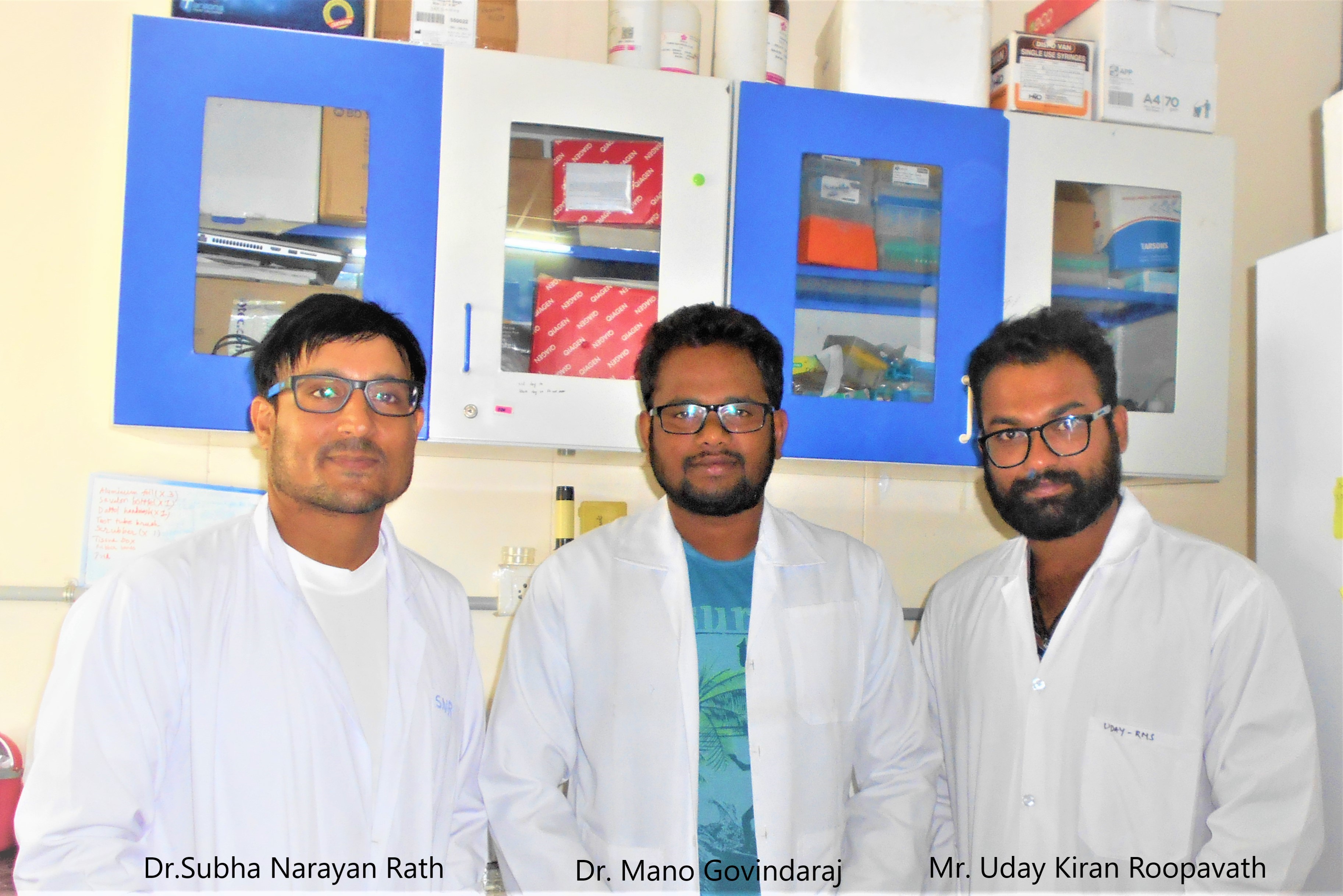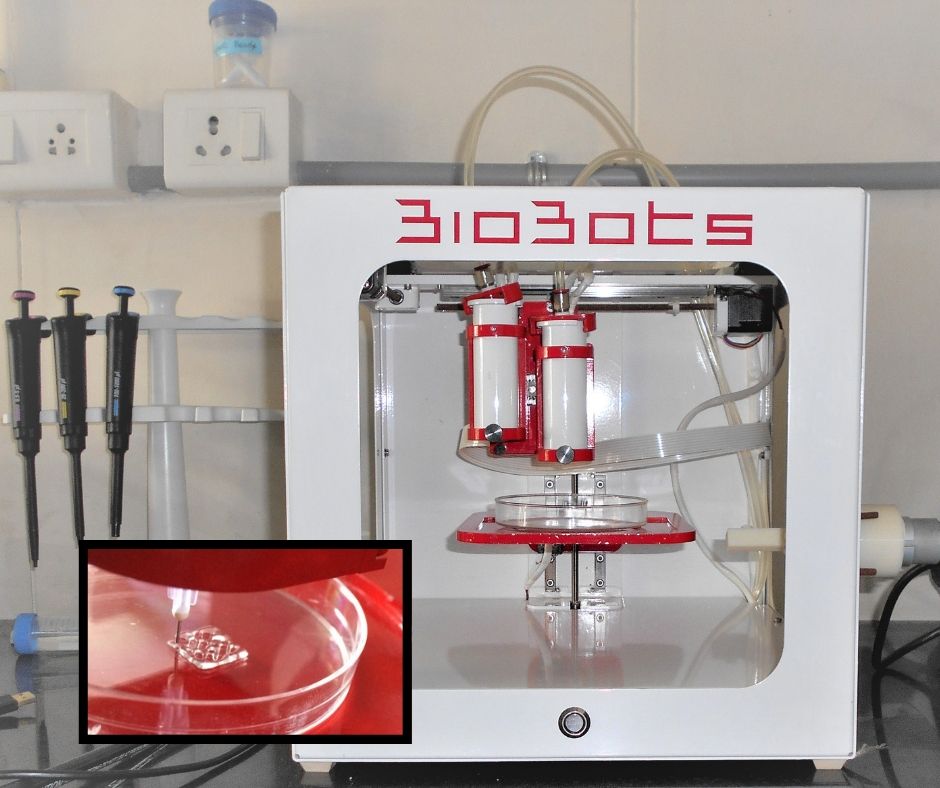IIT Hyderabad Scientists Find Cheap & ‘Blue’ Way to 3D-Print Stem Cells With Eel Skin!
Stem cells need a support structure as they form specialised tissue. These scientists have now found a cheap, safe, and ecofriendly source for this tissue scaffolding!

You might think it’s your skeleton that holds your body together, but in actuality, it’s collagen—well, at least at the cellular level!
Collagen is the protein that keeps your skin taut and teeth strong by filling the gaps between cells, like cement between bricks. Without the structural support of collagen, cells would not be able to connect to form tissues.
The same is true for stem cells.
Stem cells are the cells that are capable of differentiating into other types of cells. The main goal of stem cell technology is to harness the potent, regenerative nature of stem cells to create artificial tissues for implants and other applications.
Aiming for a zero-waste life? Check out this cool range of upcycled and recycled products!
Just like a building under construction, stem cells are held in place by a collagen scaffolding as they proliferate and transform into specialised tissue. This makes collagen development a crucial part of tissue engineering.
Collagen is typically extracted from animal sources such as rat tails, pigskin, and bovine skin. Unfortunately, these sources are highly prone to pathological conditions like mad-cow disease and are also expensive to obtain.
The good news is that scientists at IIT Hyderabad have found a game-changing solution to these challenges. Dr Mano Govindharaj, along with Dr Subha Narayan Rath and Mr Uday Kiran Roopavath have developed a technique to derive collagen from a clean, cheap, and ecofriendly source—eel skin!

From Eel Skin to Collagen
Eels are elongated fish with thick skin, considered safe enough to eat. This fact, combined with India’s long coastline, makes eel skin an abundant source of collagen for biotechnologists in the country.
“Marine animals live in highly challenging environments,” explains Dr Govindharaj, “making their collagen more resilient and extremely bioactive which promote the speedy growth of stem cells.”
According to their recent paper in the Journal of Cleaner Production, the researchers derived collagen from eel skin by treating it with acetic acid, common salt and pepsin.
Besides being safe, using eel skin reduces the waste build-up in oceans and beaches. Dead organic matter breaks down in oceans and depletes the water of oxygen. Eel skin and other fish waste disposed of on land turn to breeding grounds for toxins and diseases.
The valorisation of this common and harmful marine waste, i.e., turning it into something more valuable, is what makes their research so “blue.” The colour blue in biotechnology is assigned to the development of technology based on aquaculture, coastal and marine biology.
3D Printing Stem Cells With Collagen
There are two types of stem cells— Embryonic stem cells are the undifferentiated cells of an embryo which become the specialised tissues and organs of the foetus.
But even as fully developed humans, we retain undifferentiated cells in various parts of the body such as the blood and bone marrow. These are called adult stem cells or somatic stem cells. They help in the repair and restoration of dying cells and damaged tissue.
Suppose an athlete has an injury which severely damages a ligament. As ligaments and other cartilage do not have blood vessels, it is difficult to supply them with the necessary nutrients or medication for regeneration and recovery.
Here’s where stem cell technology does its magic.
“Bone marrow is drawn from the thigh bone of the patient,” says Dr Govindharaj. “These stem cells are then mixed with collagen and 3D-printed into a matrix in which they grow into the desired tissue.”

In the athlete’s case, once a sufficient mass of cartilage has formed in vitro, it is injected into the injured part of the body to heal the torn ligament.
The scientists at IIT Hyderabad are now working on extending their technique to derive more “blue” collagen from other marine waste sources like fish skin. They hope that their research provides a practical approach both to protect marine environments and improve human health.
You may also like: This Unsung Scientist Laid the Foundation of India’s National Physics Laboratory
(Edited by Gayatri Mishra)
Like this story? Or have something to share?
Write to us: [email protected]
Connect with us on Facebook and Twitter.
This story made me
-
97
-
121
-
89
-
167
Tell Us More
If you found our story insightful, informative, or even just enjoyable, we invite you to consider making a voluntary payment to support the work we do at The Better India. Your contribution helps us continue producing quality content that educates, inspires, and drives positive change.
Choose one of the payment options below for your contribution-
By paying for the stories you value, you directly contribute to sustaining our efforts focused on making a difference in the world. Together, let's ensure that impactful stories continue to be told and shared, enriching lives and communities alike.
Thank you for your support. Here are some frequently asked questions you might find helpful to know why you are contributing?



















